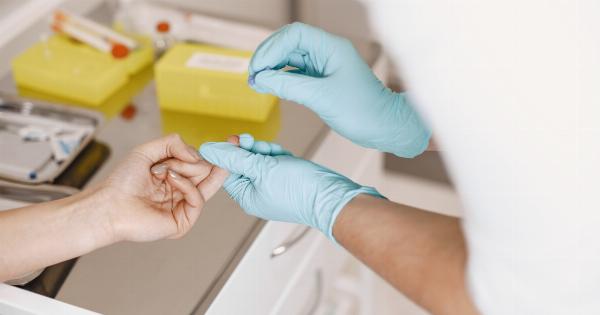Type 1 diabetes is an autoimmune condition in which the body’s immune system mistakenly attacks and destroys the insulin-producing cells in the pancreas. This leads to a deficiency of insulin, a hormone that helps regulate blood sugar levels.
Understanding the development of type 1 diabetes can help individuals and healthcare professionals recognize the early signs and symptoms, leading to early diagnosis and appropriate management. This article will discuss the three stages of type 1 diabetes development: autoimmunity, onset, and clinical diagnosis.
Stage 1: Autoimmunity
In the initial stage of type 1 diabetes development, autoimmunity occurs. During this stage, the immune system starts to attack the beta cells in the pancreas, which are responsible for producing insulin.
This process is often triggered by a combination of genetic and environmental factors. Genes that predispose individuals to type 1 diabetes, such as HLA (human leukocyte antigen) genes, play a significant role in this stage.
Autoimmunity is usually asymptomatic, which means that individuals don’t experience any noticeable symptoms during this stage.
However, autoantibodies can be detected in the blood, indicating the presence of an autoimmune response against the beta cells. Common autoantibodies found in individuals with type 1 diabetes include anti-GAD (glutamic acid decarboxylase) antibodies, anti-IA-2 (insulinoma-associated antigen 2) antibodies, and anti-insulin antibodies.
Stage 2: Onset
The onset stage of type 1 diabetes is characterized by the gradual destruction of beta cells, leading to a decline in insulin production. As the number of functional beta cells decreases, blood sugar levels start to rise.
During this stage, individuals may start experiencing symptoms such as increased thirst, frequent urination, unexplained weight loss, fatigue, and blurred vision.
It’s important to note that the onset of type 1 diabetes can vary from person to person. Some individuals may experience a rapid onset, while others may have a more gradual progression.
Regular blood sugar monitoring and medical check-ups are crucial in identifying any early signs of diabetes onset.
Stage 3: Clinical Diagnosis
The final stage of type 1 diabetes development is the clinical diagnosis stage. At this point, individuals have reached a critical threshold where there is a significant decline in insulin production, resulting in persistent hyperglycemia.
Clinical diagnosis is based on the presence of symptoms and confirmed by elevated blood sugar levels.
Upon clinical diagnosis, individuals with type 1 diabetes will require lifelong insulin therapy to manage their blood sugar levels effectively. This may involve multiple daily injections or the use of an insulin pump.
Additionally, they will need to make lifestyle modifications, such as adopting a balanced diet, engaging in regular physical activity, monitoring blood sugar levels, and managing stress.
Conclusion
Understanding the three stages of type 1 diabetes development is crucial for early recognition and appropriate management. Autoimmunity, onset, and clinical diagnosis are the key stages that individuals progress through as they develop type 1 diabetes.
Recognizing the early signs and symptoms of onset can lead to timely diagnosis and prompt initiation of treatment. With proper management, individuals with type 1 diabetes can live fulfilling lives and reduce the risk of complications associated with uncontrolled blood sugar levels.





























